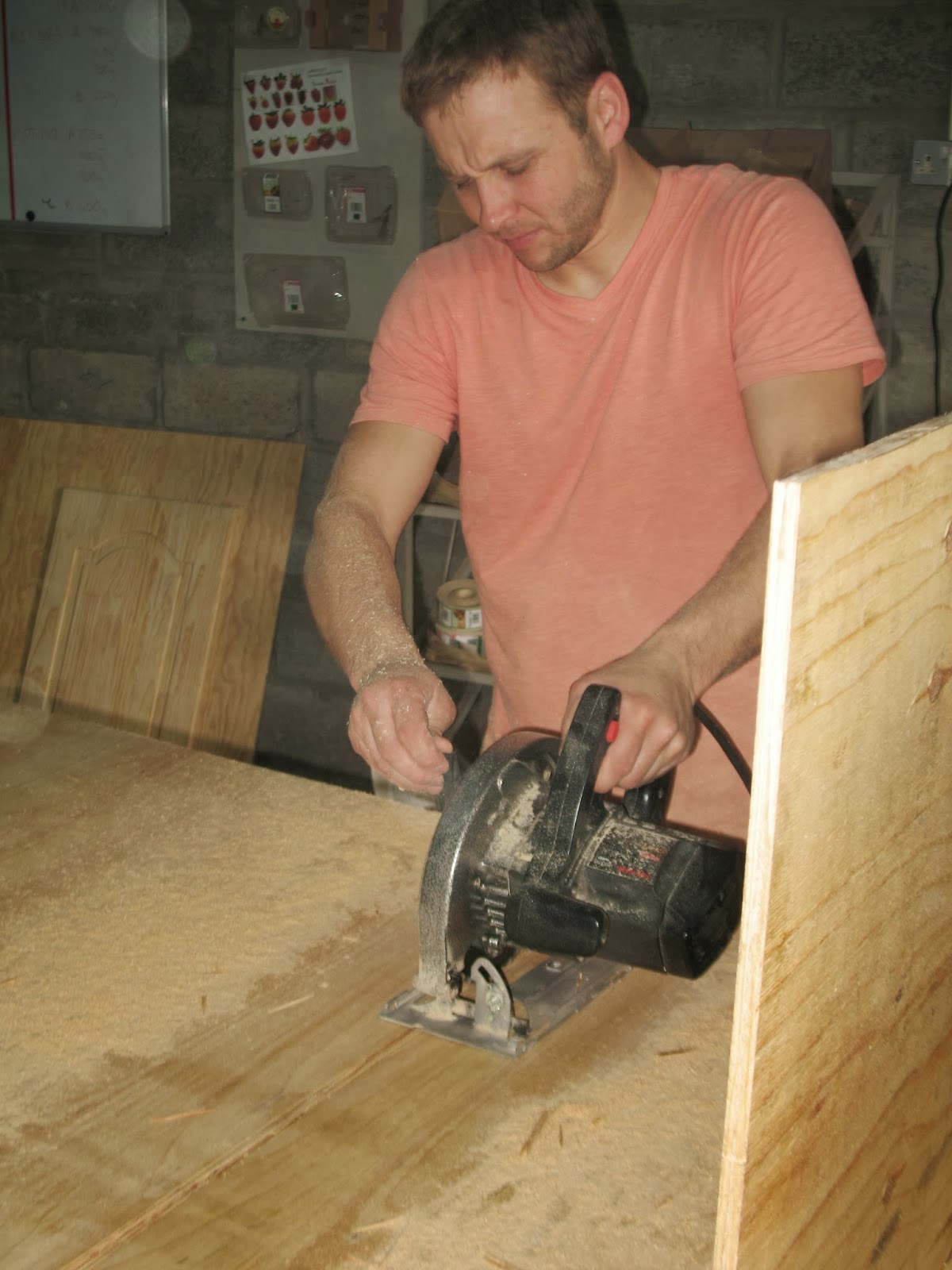Most of the people in Zambia cook over charcoal in small cookers. Most food is cooked in oil or boiled. Since most of the people around us have no electricity, charcoal is very important. In addition, it saves time in the gathering of firewood.
One of the large cookers used to feed the 320 kids at Lifesong School 2 meals a day.
A typical size used by people in their dwellings
As we develop our new farm, we have created a lot of wood for charcoal production. So we offered the opportunity to utilize it to a father of one of the kids at Lifesong School. Austin has been a Lifesong micro-loan recipient and he has a successful business raising chickens to sell. He also produces charcoal for additional income, often traveling 8-10 kilometers (5-6 miles) into the bush to make charcoal. I was able to stop by every few days to watch and ask questions. So here is the process...
First, Austin and his son spent a week or so chopping logs into a uniform size. They use axes to cut and trim the logs. Austin tells me that only certain trees are fit to make charcoal. They stack them up between two small trees as seen below.
Next, they begin digging damp earth from around the site using a hoe and building walls around the wood. They must pack it tight using a chunk of wood to keep out oxygen.
The hole at the bottom of the stack is left so that they can light the fire. The burn slowly moves up through the pile over the course of a few days.
After the pile is completely covered on the sides, they lay green, leafy branches on top and then pile soil over the top. The layer of leaves will keep the soil from falling into the charcoal.
The completed pile after the fire has been started.
Austin must monitor the pile constantly day and night to make sure oxygen doesn't enter the pile. This will cause combustion turning the wood to ash instead of charcoal. So he is ever ready with his hoe to throw additional soil in the pile if a hot spot breaks out. After about 3 days, it's time to start the harvest. Austin breaks open the pile and starts to sort out the hot charcoal. He will pile it until it is cool enough to put in bags.
Sorting out the finished charcoal and allowing it to cool.
After the charcoal is cooled, it is bagged in poly weave bags. They pile the charcoal above the top of the bag and then fasten it with strips of bark from the Mutundo tree that becomes very strong after it has been soaked in water and dried. They will then transport it by bicycle to the market. Austin sells his charcoal to Lifesong School for 50 kwacha per bag (about $9 per bag). I have purchased a bag of charcoal like this for as little as 20 kwacha ($3.60) along the road. Austin tells me it is more of an art than science, although there is a lot of science to it.
Austin and his son with the finished product. They managed to get 10 bags after two weeks of hard work which will provide them with about $90.
A common sight along the roads. The way they balance that much on a bike is amazing.
A man living near Lifesong Farm after a hard days work.
With the opportunity to go to school a rarity for most, people look for any way to make money they can. Many men make their living exclusively in charcoal production. It is hard, hot, dirty work with little return.
I hope you enjoyed learning a little about the charcoal making process here in Africa. I appreciate the hard work it takes much more now than I did before. God bless.
Erik



































